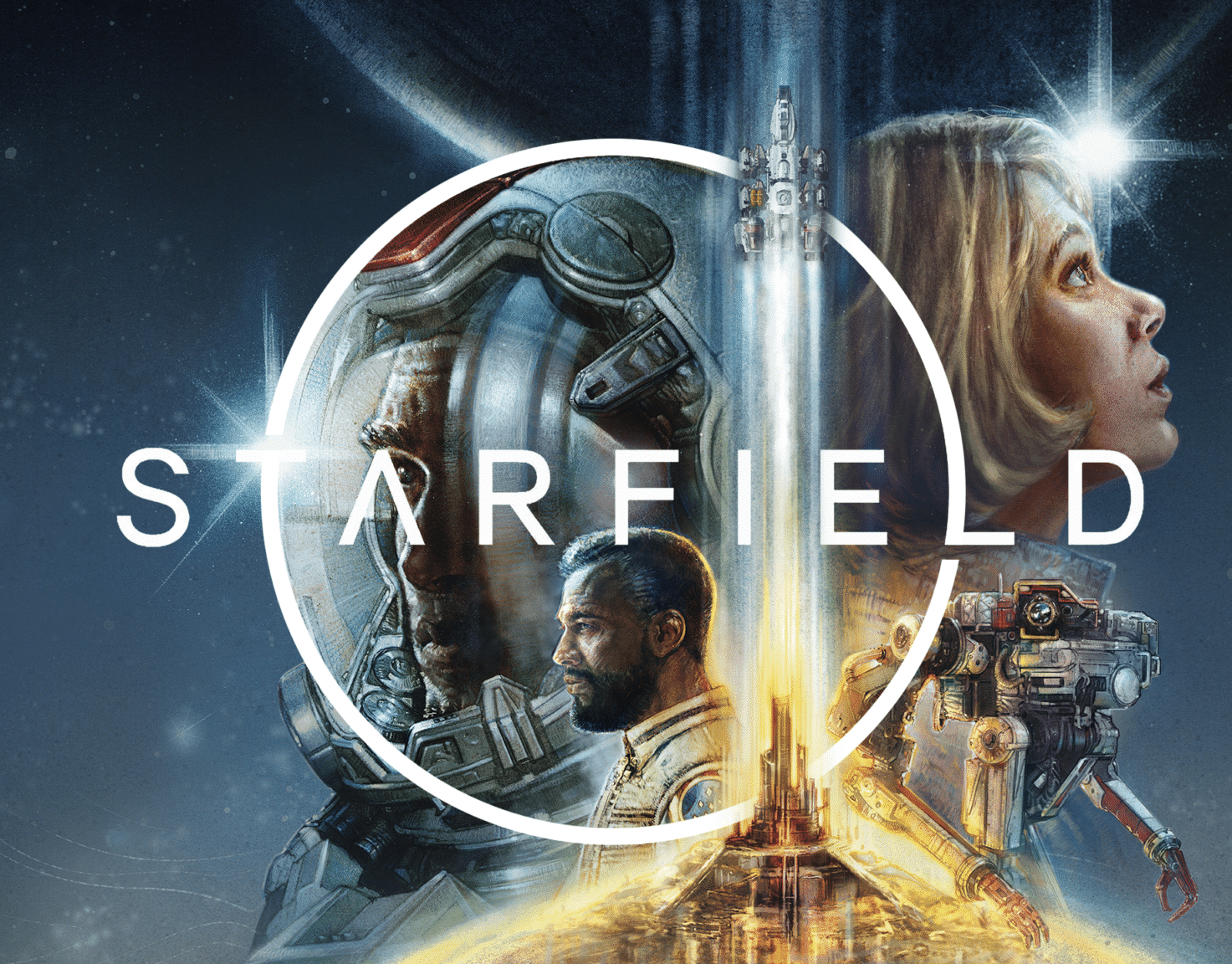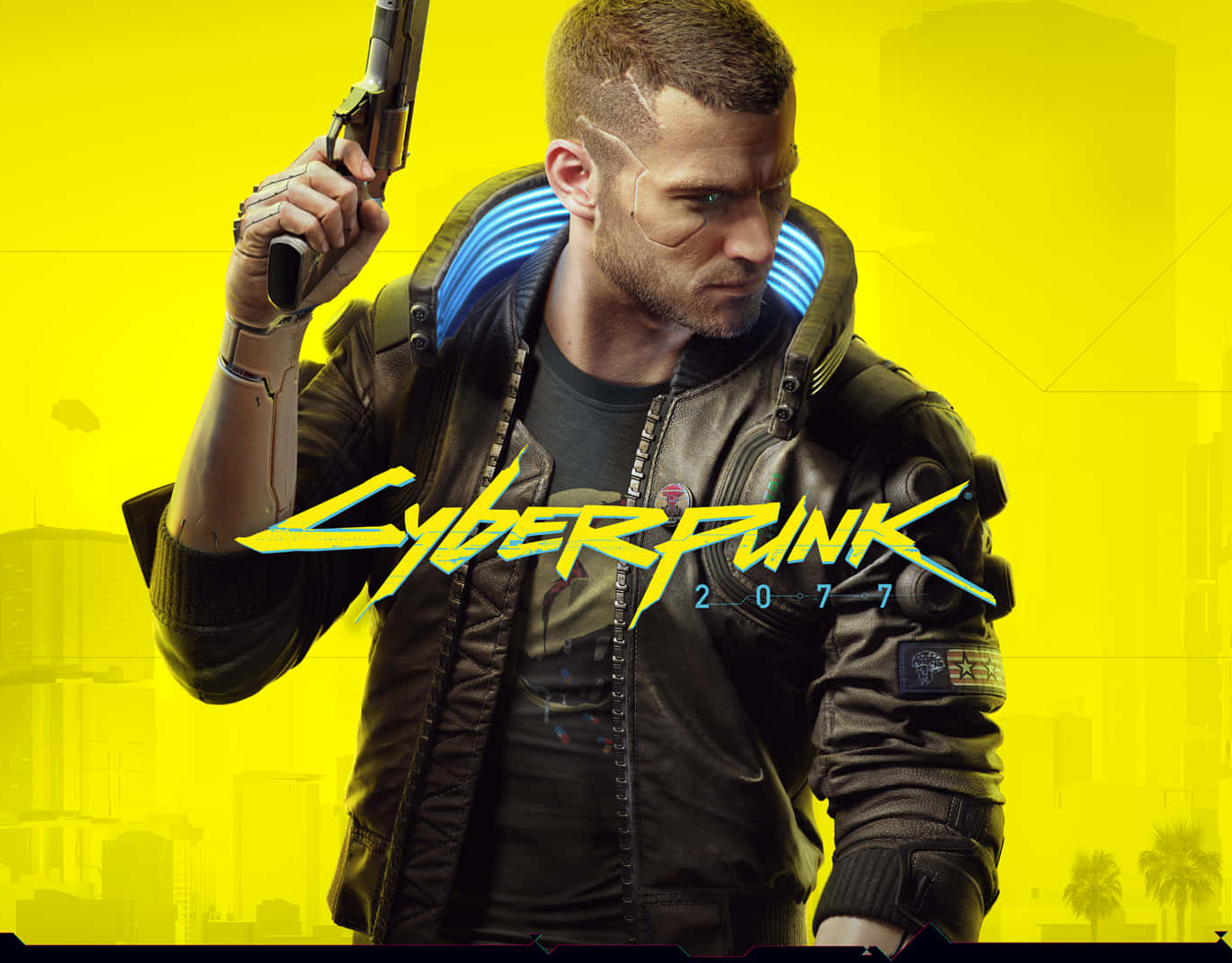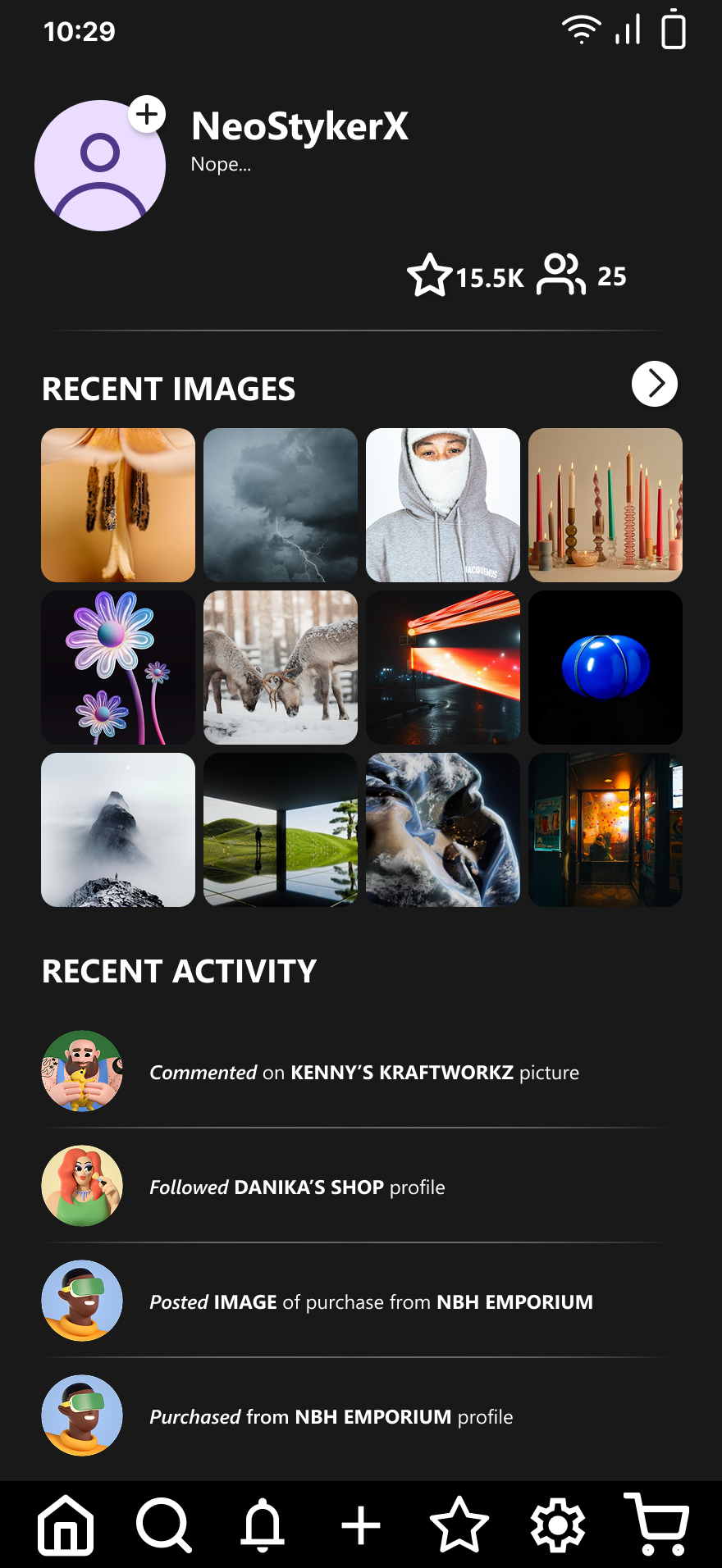
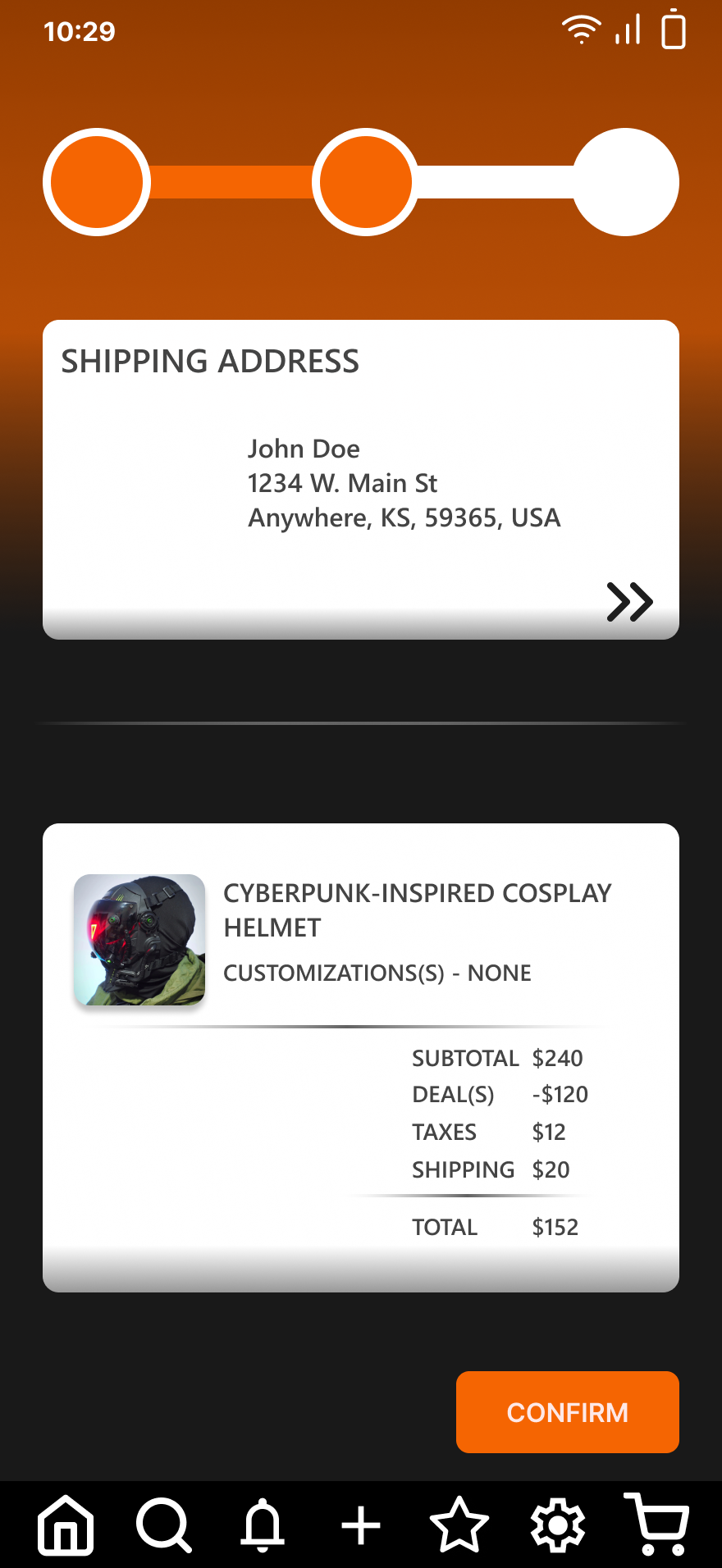

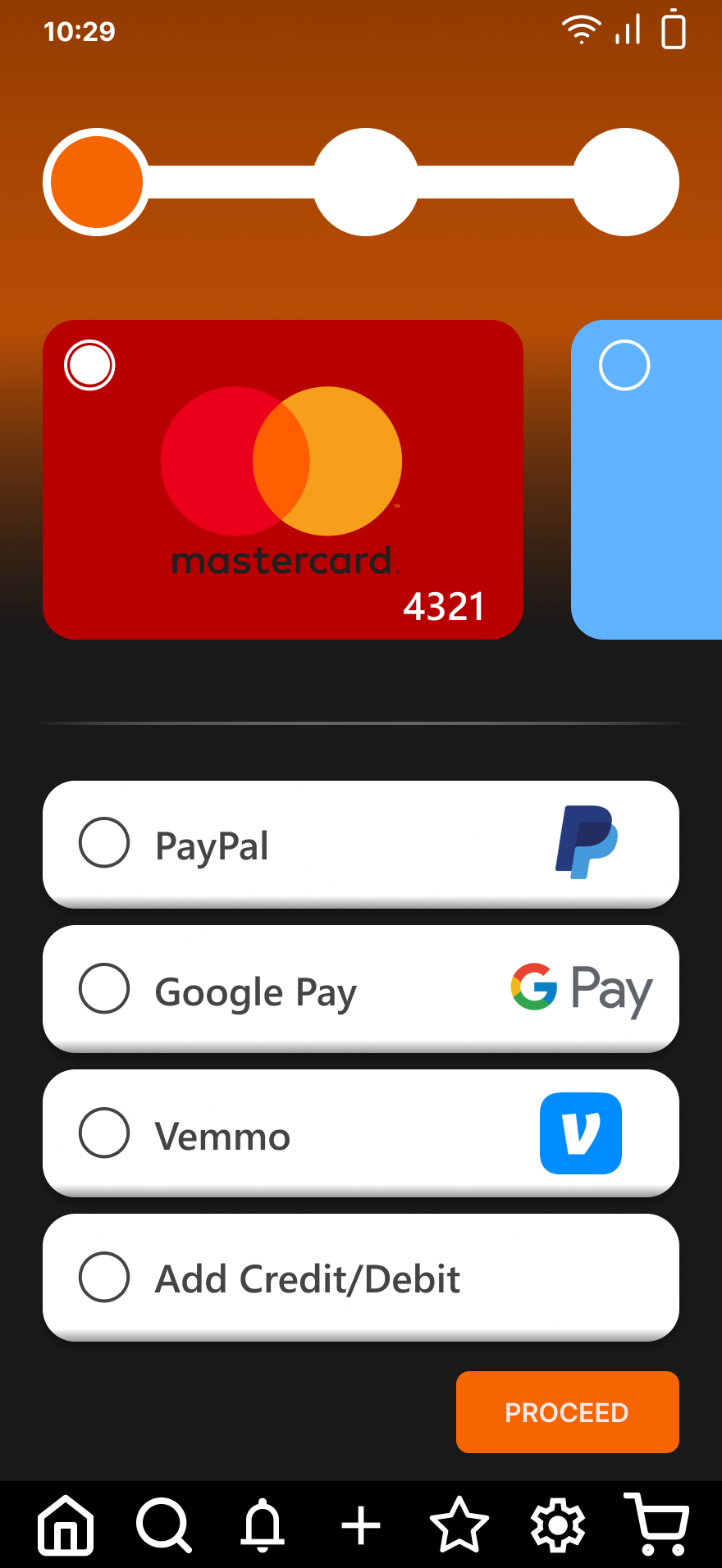
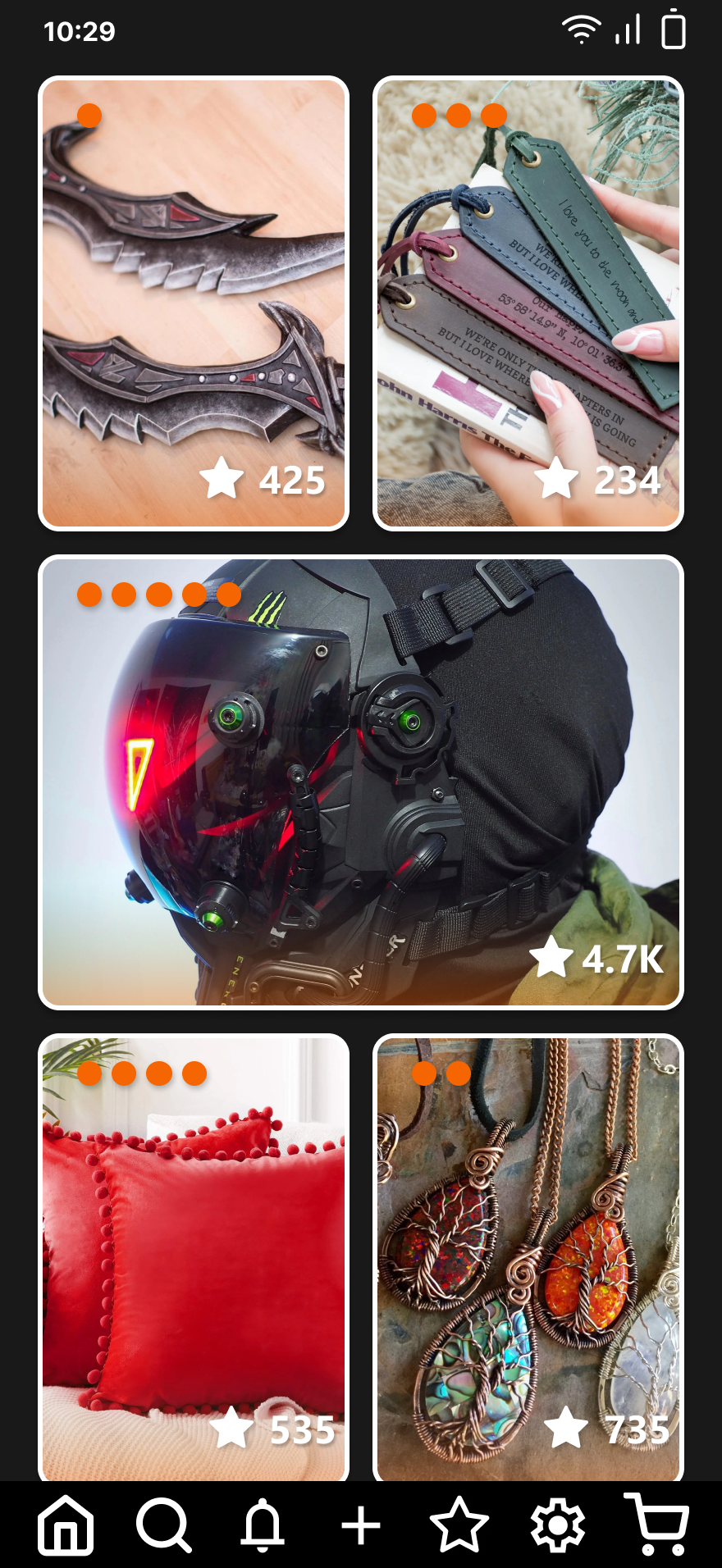
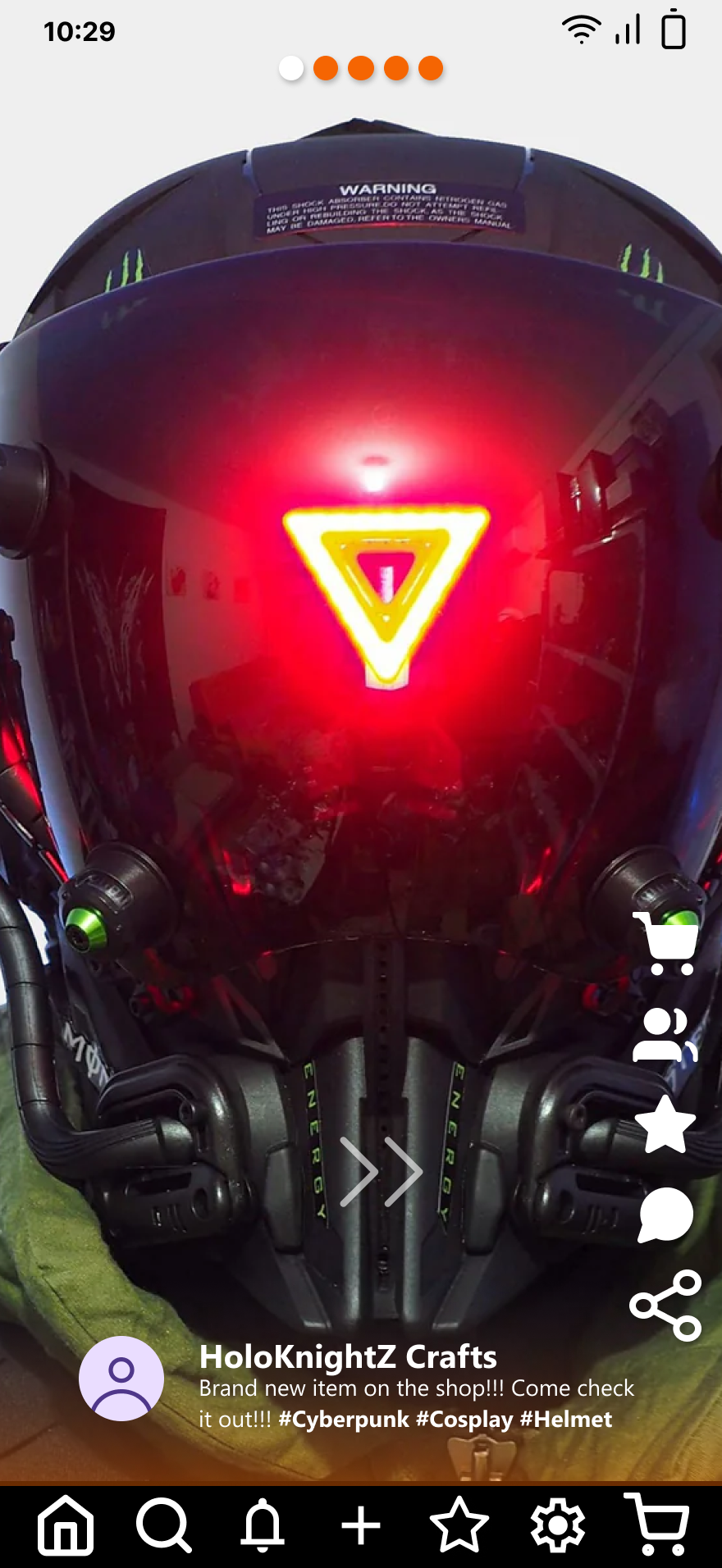


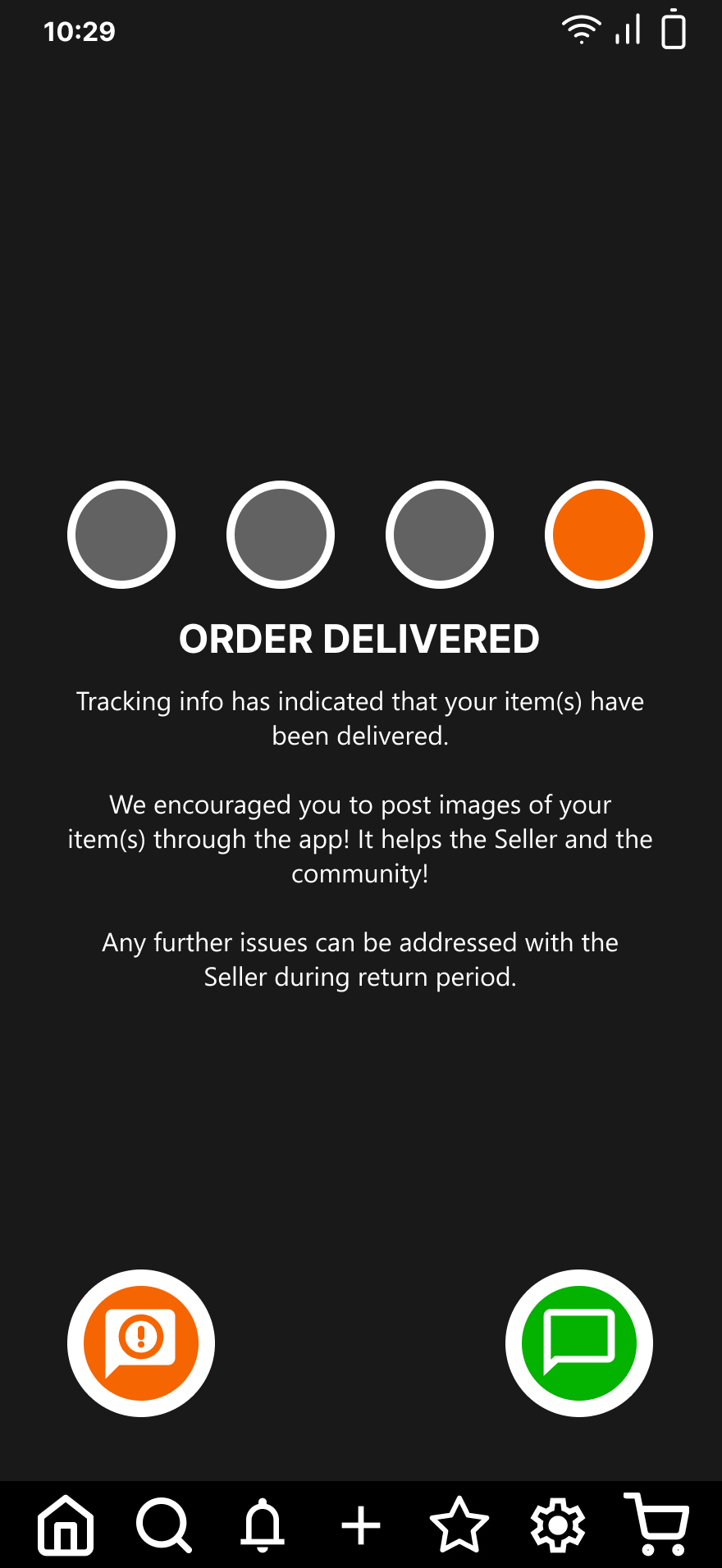
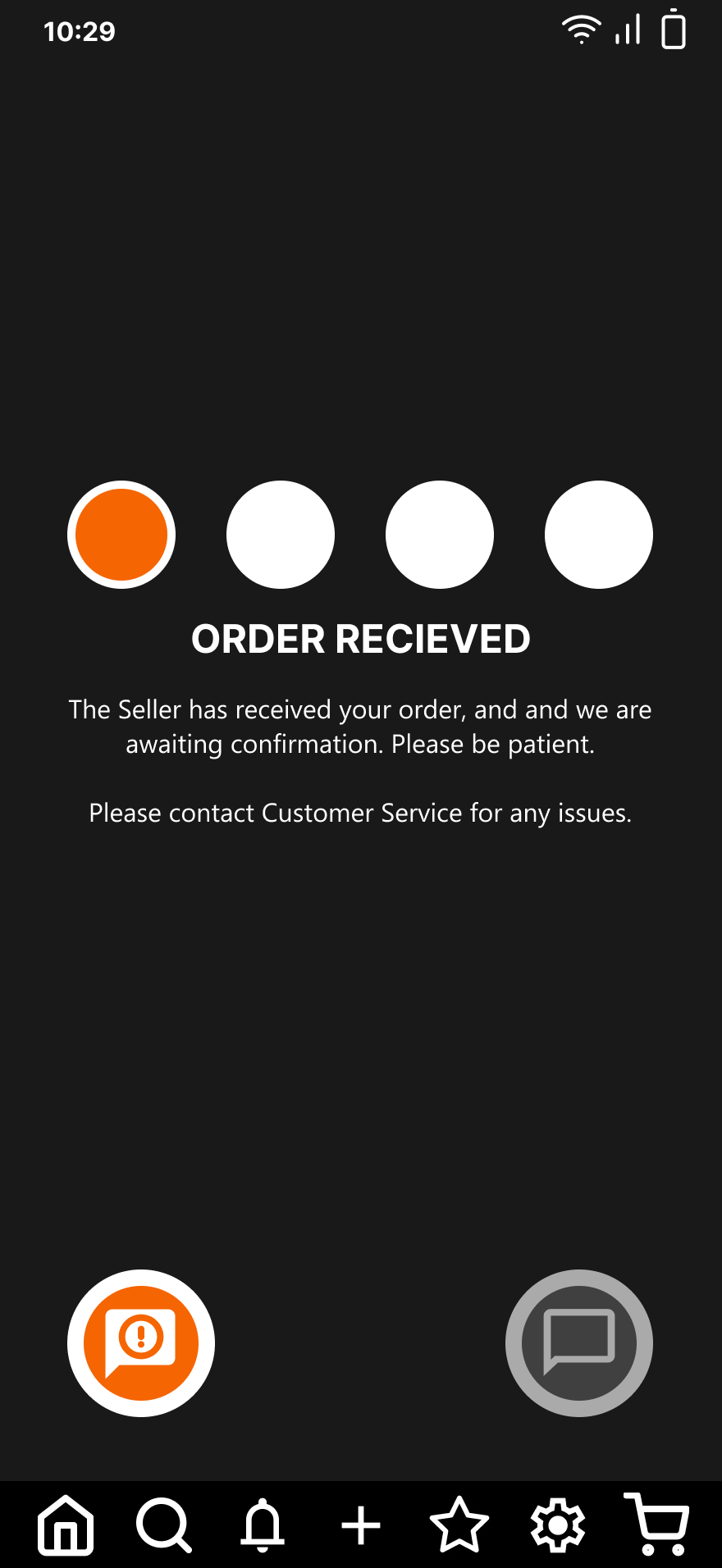
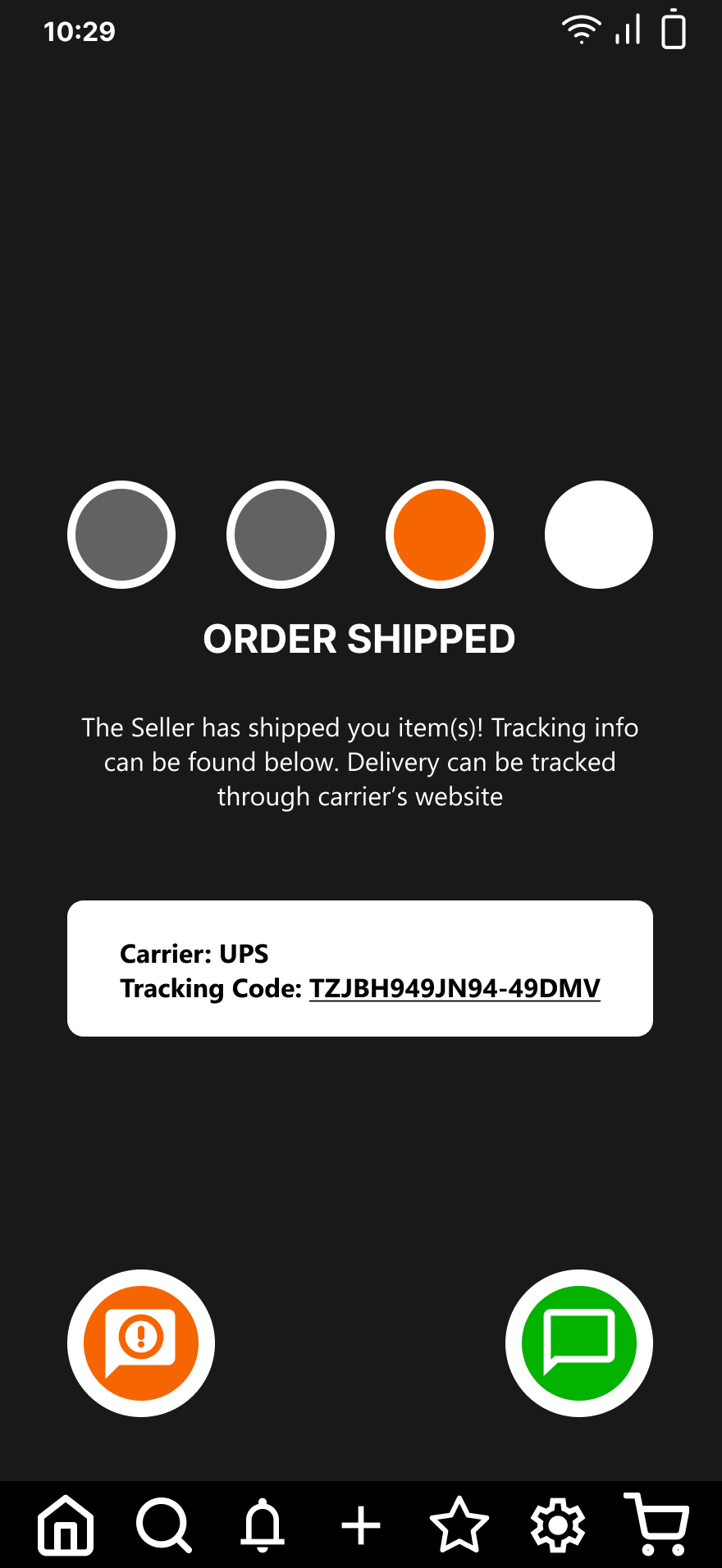

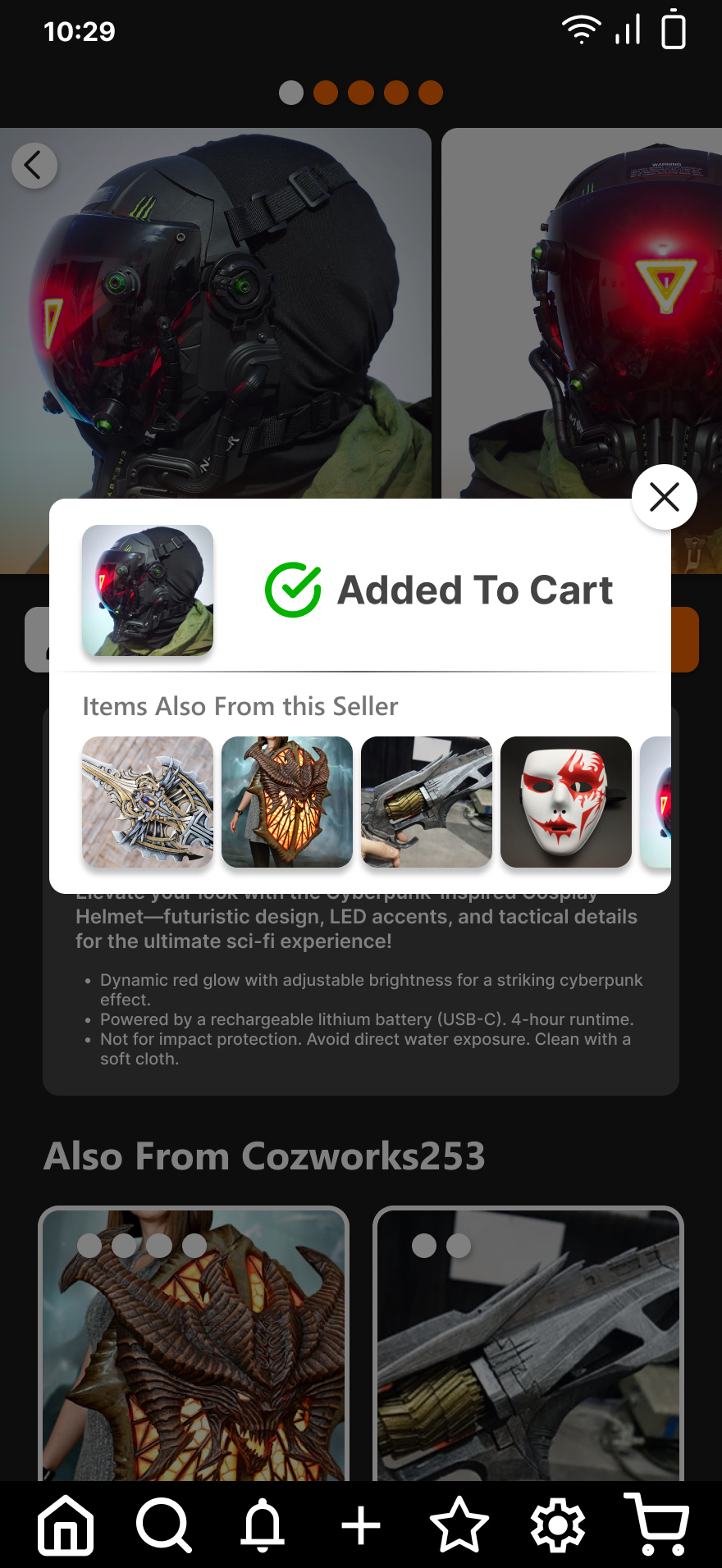

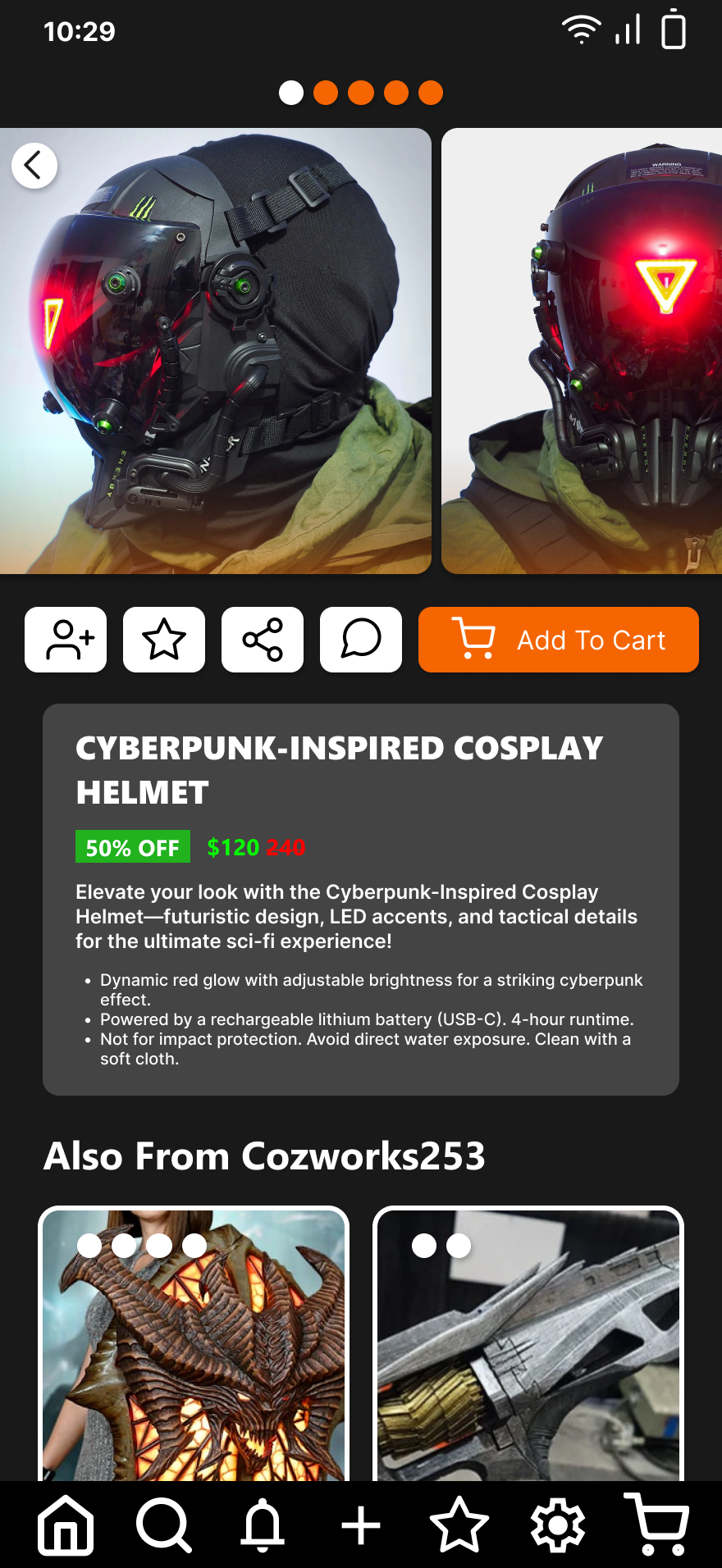
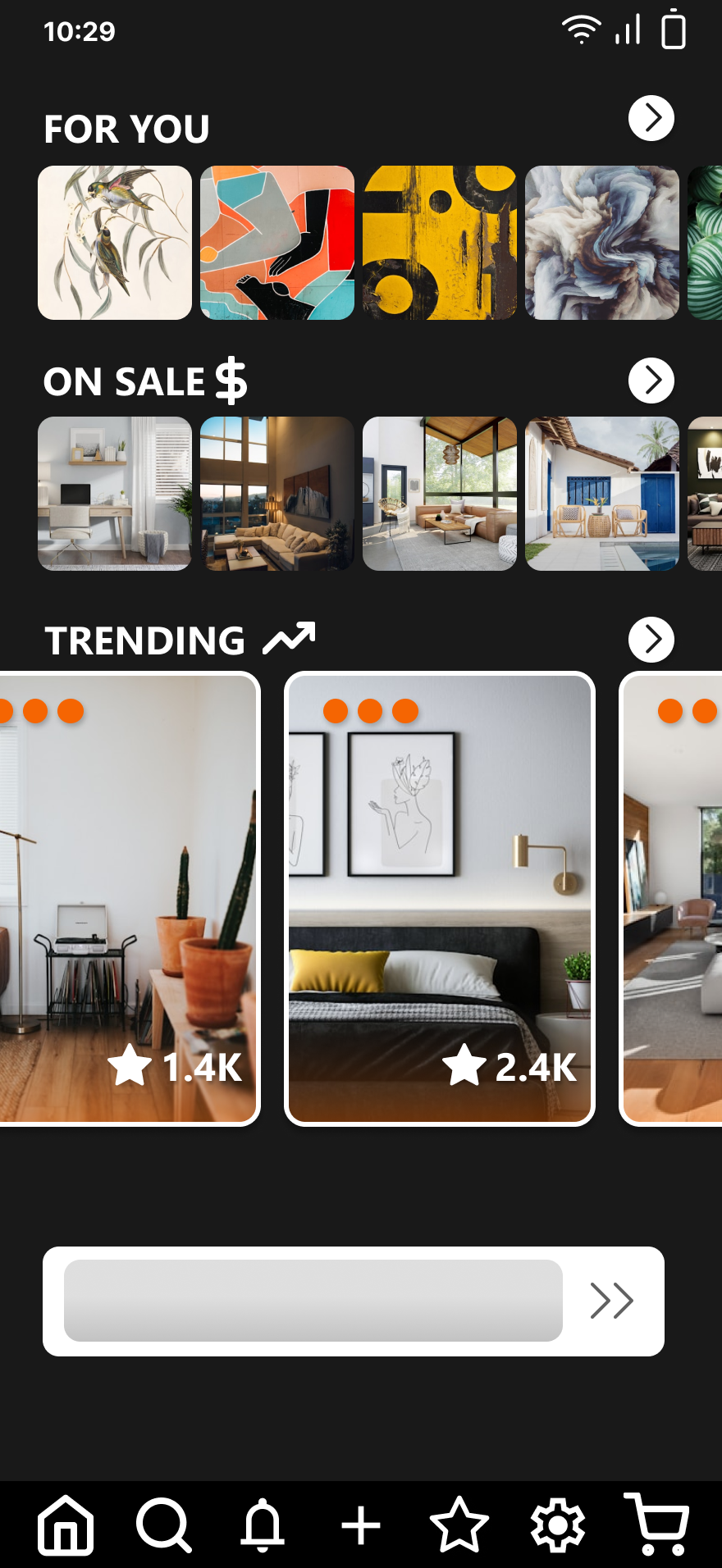
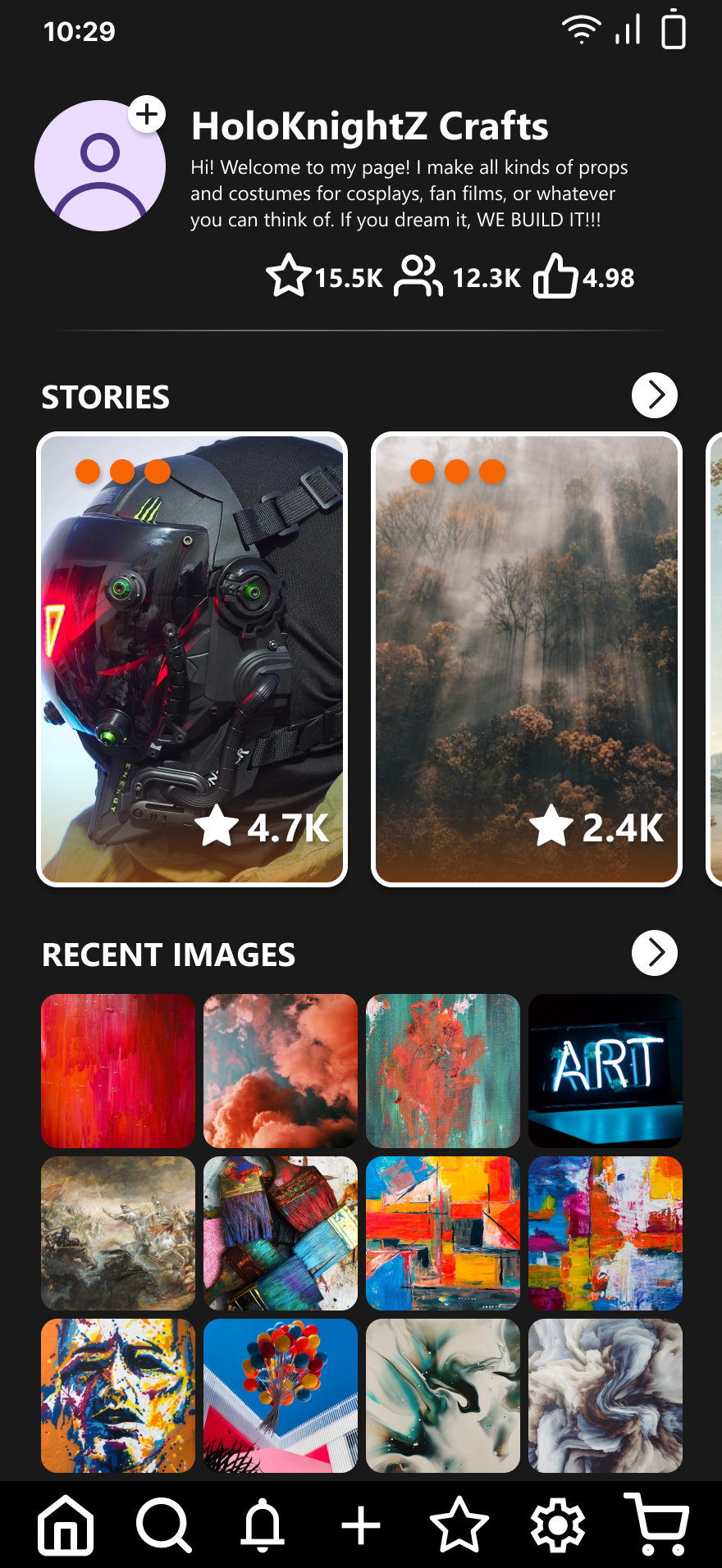
As an exercise, I wanted to integrate AI tools into the UX process to see how they can improve and augment my workflow as I practice my skills with a redesign project. I looked into the Etsy mobile experience and use AI for research, ideation, and usability testing to ultimately focus on features that personalize content, simplify onboarding, and improve usability.
My Role:
Designed an AI-assisted onboarding flow that dynamically adjusts content based on user behavior.
Crafted clear, concise microcopy for AI-driven search suggestions and product recommendations.
Conducted usability testing to evaluate AI-generated content clarity and engagement.
The entire ChatGPT thread for this process can be found here…
AI CUSTOMER ANALYST
Using ChatGPT as a UX Researcher, I analyzed Etsy’s app store reviews to identify common user issues. From the top ten pain points, I focused on four that can be addressed through visual design solutions:
Unreliable Order Tracking: Delays and lack of status updates reduce user trust.
Ineffective Customer Support: Users struggle to get helpful or timely responses.
Poor Search Functionality: Irrelevant results and unrecognized queries hinder product discovery.
Limited Seller Communication: No real-time chat and slow responses make issue resolution difficult.
Competitive Analysis
Using ChatGPT as a UX Researcher, I analyzed Etsy’s competitors—Amazon Handmade, Shopify, and TikTok Shop.
From what’s been conveyed, lack of user engagement, issues with logistics, and lack of communication with sellers and owners are the primary failings of the Etsy app.
Pinterest-style content sharing could boost the discovery of unique items, while Atmosfy-like short-form content from sellers could enhance engagement and bridge the buyer-seller communication gap.
Pintertest
Pinterest’s interface is reminiscent of an image board where people post images and comment on them, except that the content could be from other websites or services. Pinterest is essentially a curation tool that caters to the user’s content, showing them things that they might be interested in. Because Etsy is a marketplace for unique and handcrafted goods made by individual entities, having their goods recommended and shared in a way similar to the content on Pinterest could boost sales and discovery.

ATMOSFY
Atmosfy takes a unique approach to how it recommends restaurants to users. The interface is almost 1:1 to that of TikTok, and users upload videos of restaurants and their food that get put into a scroll-like feed. Allowing users and/or business owners to create digestible, engaging content can boost usability and close the gap between the lack of interaction between buyers and sellers on Etsy.
Wireframe Mockups
Based on the analysis, I used ChatGPT to ideate features aimed at boosting engagement through social media-style elements. For mockups, I focused on Personalized AI Recommendations, Buyer/Seller Profiles, One-Click Sharing, Social Commerce Integration, and a Shoppable Feed/Stories. Microcopy was also AI-generated.
AI Usability Testing
After working through different ideations, I ran mockups through an AI-powered plugin called Attention Insights, which tested the layouts to determine where user attention would most likely focus.
Taking inspiration from Pinterest and Atmosfy to integrate more social media features into the Etsy redesigner, as suggested by ChatGPT, I’ve categorized the redesign into three distinct areas to tackle the app's pain points: Social, Checkout, and Logistics.
Discovery Feed
The social feed is an AI-curated page that shows images of products that users have expressed interest in, either by browsing habits or by setting preferences. The images on the discovery feed can be interacted with in “focus mode,” where collections related to that image preview can be scrolled through in a TikTok-like feed.
Social Profiles
Both buyers and sellers will have social profiles where they can interact with customers and/or follow creators to stay apprised of any updates to their store or farm engagement with images of new creations.
Product Page
The new product page features social elements allowing users to favorite products, share the pages over social media, and comment directly on the page.
Checkout Page
The checkout page has been changed to a three-page design that simplifies the flow through the process.
Tracking
The means of tracking purchases have become a more interactive process, reducing it to a four-step process that actively updates from user interaction.
Chat Features
The logistics page features a direct means to interact with sellers and customer service during active orders to communicate in real-time. The Customer Service chat will be managed and operated by a bot for FAQ issues while sellers and buyers can communicate in real-time.
Using AI has streamlined this process in a way that I can’t describe. As someone who stresses visuals and interactions, the research component of the UX process has always slowed me down, namely, the amount of time it took. ChatGPT allowed me to search, compile, and analyze heaps of data through would otherwise take a week for me to process. Not to mention guiding me in my design process with the use of focusing heatmaps. This has drastically altered my workflow and allowed me to turn around a project in a matter of days when compared to my other case studies. Moving forward, I think experimenting with more tools can greatly alter independent development and help me grow my skills as a UX Designer.
As far as the design is concerned, I’m happy with it. I think it serves as a good baseline for introducing an engagement concept to a platform that serves such a niche audience. Building the means to foster those communities will only help those creators maintain a loyal fan base and steady stream of customers. Social media is this century’s word of mouth, and let it not be said that a review from average people can make or break fortunes.

